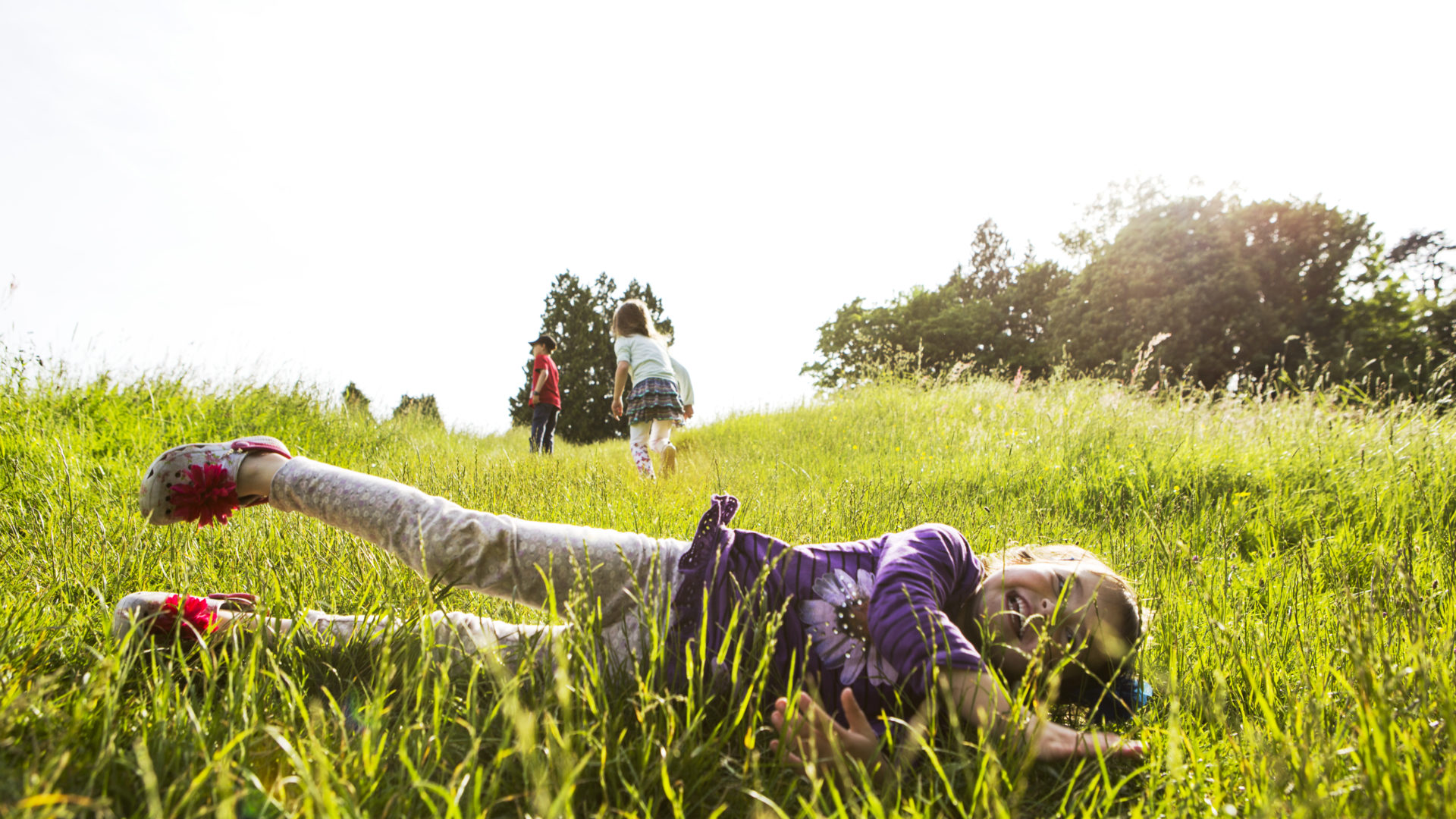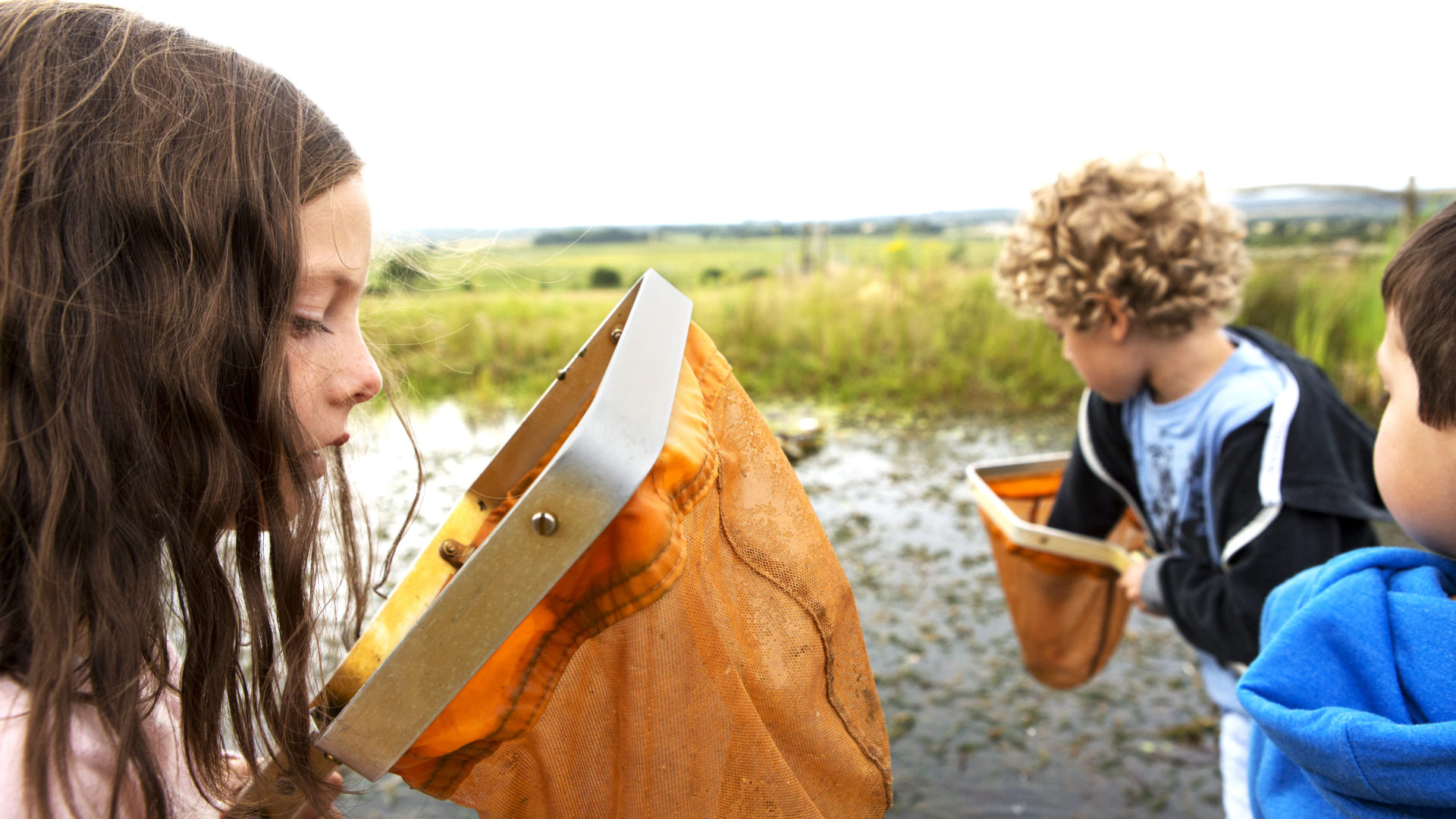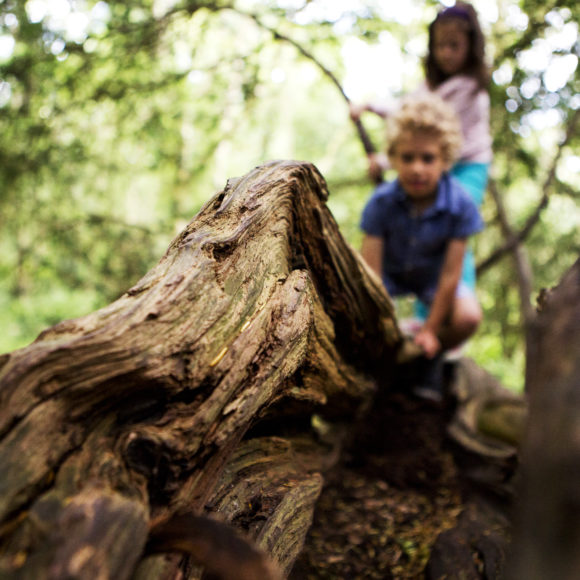
Are children in tune with the Nature Pyramid?
-
Date posted: 13/10/2020
-
Time to read: 3 Minutes
Are children in tune with the Nature Pyramid?
Jonathan Dean, Education Officer at the South Downs National Parks explains why making connections with “big” landscapes is an important part of our relationship with nature.
The Nature Pyramid is a concept developed by Tanya Denckla Cobb at the University of Virginia, it challenges us to think about the different quantities of nature we can experience and how much is needed to bring about a healthy life. We share an innate attraction to all things living and of this world. It’s why we can spend untold time gazing silently up at trees, become mesmerised by the buzz of a bee, and find calm in the stream gurgling over our feet. Our need for nature is sometimes called biophilia. Giving children the time to play, problem-solve and learn in green space is a critical part of development.
Denckla Cobb’s Nature Pyramid recognises the need for a range of interaction with nature, different scales at different frequencies. The bottom layer on the pyramid provides the foundation for a child’s relationship with nature, small-scale nature that is regularly visited. For many children they will get their daily dose almost on their doorstep, as they walk to school under street trees, at lunch amongst the playground flower beds, or playing in the park after-school. At the top of the pyramid, the visits become less frequent but the landscapes become more wild, with less urban intrusion and more adventure.
National Parks in the UK sit somewhere in the middle of the pyramid. They are living, working landscapes, not entirely free of urban intrusion, but with hidden gems and expansive views where you can feel many miles away from the drone of our towns and cities. They are part of the fabric our landscape and provide a huge and important range of learning opportunities linked to the curriculum and to the broader development of young people.


So how much time should children be spending in our National Parks?
Not quite a daily dose, but more often than once in a lifetime. We believe all children, at the very least, should visit a National Park during their time at primary school, enjoy a residential stay during their teenage years and have the opportunity to volunteer or undertake work experience in a National Park as they become young adults.
All of our Parks have experts who can support you and your class or group to find the perfect experience for a day trip, find the best spots for a few days of adventure, or find businesses and organisations that will give a young person some practical, hands-on experience of living and working in the landscape.
We are here to make sure that young people get their nature fix. Get in touch with your nearest National Park Learning Team to find out what’s on offer.
